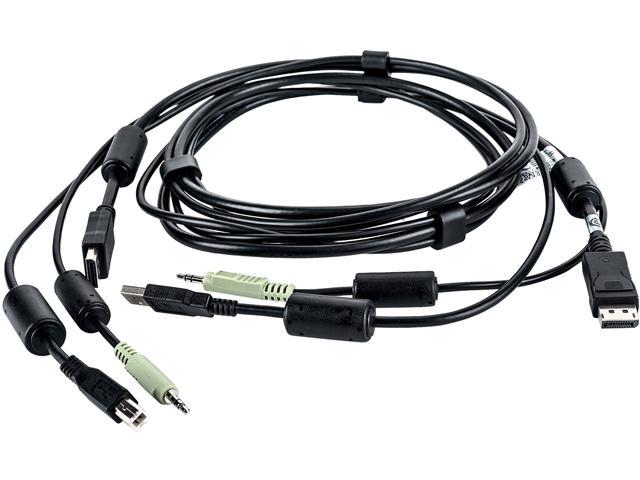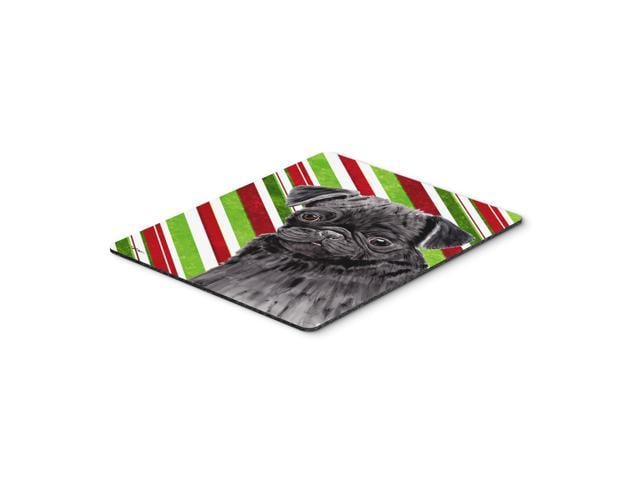Excerpt from Development of a Method to Measure in Situ Chloride at the Coating/Metal Interface
Organic coatings are widely used to prolong the service life of a metal substrate. One important function of a protective coating is to act as a barrier between the environment and the substrate. Although the technology of protective coatings has progressed greatly in recent years, problems continue to exist in providing protection to metals from exposure to the environment. One of the key barriers to the effective selection, use, and maintenance of protective coatings for metals is the lack of measurement methods to characterize coatings and coating systems before and during service. A close examination of 50 questions raised by leading coating researchers 1] reveals that more than half of the questions relate to measurement and characterization. For example, inadequate understanding of the role of such corrosive factors as oxygen, water, and ions in failures of a coated metal system is due, in part, to the inability to characterize the microstructure of the coating and to quantify these elements in the coating system and at the coating metal interface. Without this information, reliable degradation and transport models cannot be developed.
Chloride is one of the most detrimental of the ions contributing to the corrosion of bare steel, organic coated steel, and steel in reinforced concrete. Most of the present knowledge on the movement of the chloride ion in a coated metal system is derived from studies of the movement of this ion through a detached film. However, barrier properties of a detached film may not be the same as those of an attached film; thus, the controlling steps and the reaction processes may not be correctly interpreted. Surface analytical techniques can provide chemical information at the atomic level but the techniques must be used in a high vacuum environment. Therefore, they are not suitable for in situ measurements. A method needs to be developed to monitor, in situ, the appearance of the chloride ion at the coating metal interface and the way its concentra tion changes with time.
About the Publisher
Forgotten Books publishes hundreds of thousands of rare and classic books. Find more at www.forgottenbooks.com
This book is a reproduction of an important historical work. Forgotten Books uses state-of-the-art technology to digitally reconstruct the work, preserving the original format whilst repairing imperfections present in the aged copy. In rare cases, an imperfection in the original, such as a blemish or missing page, may be replicated in our edition. We do, however, repair the vast majority of imperfections successfully; any imperfections that remain are intentionally left to preserve the state of such historical works.















